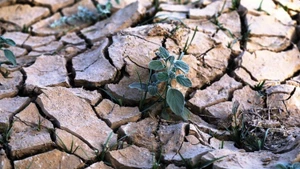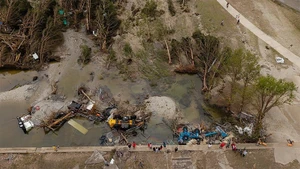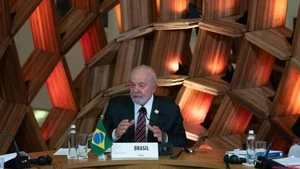Despite extending negotiations by an additional day, the conference failed to achieve the anticipated milestone of adopting a decisive resolution to reverse one of the most persistent and devastating environmental disasters — drought. Persistent disagreements among nations have posed significant challenges to achieving COP16’s goal of restoring 1.5 billion hectares of degraded land by the end of this decade.
Under the theme of "Our Land. Our Future", COP16 in Riyadh marked the 30th anniversary of the United Nations Convention to Combat Desertification (UNCCD). This was the largest UN-led conference on land issues to date and the first UNCCD COP held in the Middle East and North Africa region. The event focused on collective action to accelerate resilience to drought and sandstorms, restore land health, and scale up nature-positive food production by 2030 and beyond.
COP16 took place against the backdrop of increasingly severe and prolonged droughts caused by climate change, coupled with rising food demands pushing the world closer to crisis.
A United Nations report released ahead of the conference revealed that globally degraded land now spans 15 million square kilometres, an area larger than Antarctica, and continues to grow by approximately 1 million square kilometres each year. This degradation undermines efforts to reduce greenhouse gas emissions and conserve biodiversity.
The agricultural sector is a major contributor, accounting for 23% of total greenhouse gas emissions, 80% of deforestation, and 70% of freshwater use. With a growing global population driving higher demand for food, clean water, and natural resources, failure to take decisive action to protect land could result in devastating consequences, such as food insecurity, mass migration, and conflict.
To reverse land degradation and combat desertification, the report estimates that the world requires an investment of 2.6 trillion USD by 2030. This significant funding is crucial to restoring land health, ensuring sustainable resource use, and safeguarding the future of humanity.
Investment in restoring land is not just an environmental protection measure but is also considered a smart investment. However, raising the significant capital required for land restoration presents a major challenge. It demands not only the creation of strict legal frameworks by governments but also the implementation of measures to encourage private sector investment and foster international cooperation. Experts emphasise that most of the required funds — around 1 billion USD per day — should come from the private sector. Currently, most of the funding for land restoration comes from the public sector, which is seen as inefficient, given that the agricultural production sector, typically controlled by the private sector, is a major cause of land degradation.
Moreover, current global commitments cover only about 900 million hectares of land protection, which is insufficient. The target must be more ambitious and aim for 1.5 billion hectares while accelerating the pace of land protection efforts.
At the recent COP16, members of the UNCCD (196 countries plus the European Union) made significant progress toward establishing a future global drought mechanism. This mechanism is expected to be finalised at COP17 in Mongolia in 2026. Negotiations will continue, building on the progress made in Riyadh. According to UNCCD Executive Secretary Ibrahim Thiaw, parties need more time to come to an agreement on the best solutions moving forward.
Combating desertification is seen as an effective tool for addressing some of the greatest challenges of our time, such as climate change, food insecurity, economic inequality, forced migration, and even global instability. It remains one of the world’s most urgent tasks, requiring decisive and stronger action for the future health of the land, a vital factor for life on Earth.














